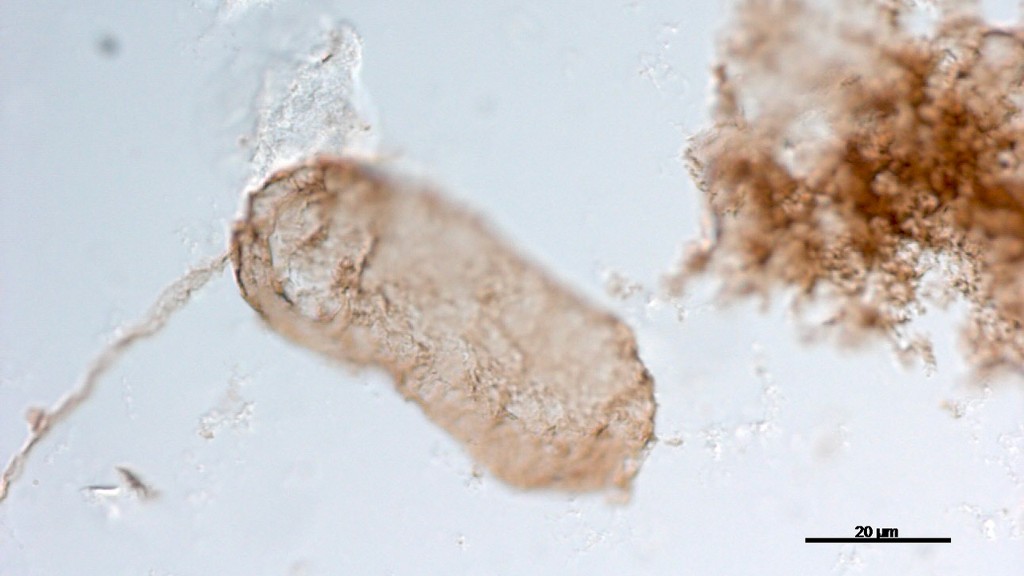A team of researchers from the University of Liège (ULiège) has discovered microstructures in 1.75 billion-year-old fossil cells. Thylakoid membranes are the earliest structures that have ever been found. They give fresh insight into the development of cyanobacteria, which were essential to the buildup of oxygen on the early Earth, and they push back the fossil record of thylakoids by 1.2 billion years. The Nature Journal reports on this important finding.
The intriguing microfossils known as Navifusa majensis (N.majensis) were studied by Catherine Demoulin, Yannick Lara, Alexandre Lambion, and Emmanuelle Javaux from the Early Life Traces & Evolution laboratory of the Astrobiology Research Unit at ULiège. The fossils were found in shales from the 1.75 billion-year-old McDermott Formation in Australia, as well as in formations that date back one billion years from the DRCongo and arctic Canada. Fossil cells from two formations (Australia and Canada) were subjected to ultrastructural investigations, which demonstrated the presence of interior membranes with a configuration, fine structure, and size that identified them as thylakoid membranes, the site of oxygenic photosynthesis. It was possible to identify N majensis as a fossil cyanobacterium because of these observations.
The significance of cyanobacteria with thylakoid membranes in the early Earth’s oxygenation is clarified by this discovery. Approximately 2.4 billion years ago, during the Great Oxygenation Event (GOE), they were active and had a significant influence on the early development of life. The finding of the ULiège researchers provides a fresh perspective on these matters, although the chronology of the origins of oxygenic photosynthesis and the kind of cyanobacteria (protocyanobacteria? With or without thylakoids?) involved are still up for discussion.
The oldest known fossil thylakoids date back to around 550 million years. The ones we have identified therefore extend the fossil record by 1.2 billion years.
The discovery of preserved thylakoids in N. majensis provides direct evidence of a minimum age of around 1.75 billion years for the divergence between cyanobacteria with thylakoids and those without.
Microscopic life is beautiful, the most diverse and abundant form of life on Earth since the origin of life. Studying its fossil record using new approaches will enable us to understand how life evolved over at least 3.5 billion years. Some of this research also tells us how to search for traces of life beyond Earth
Professor Emmanuelle Javaux, paleobiologist and astrobiologist, director of the Early Life Traces & Evolution laboratory at ULiège.
Also Read| Classifying the natural history of asymptomatic malaria – Research
However, this discovery by the Liège team opens the door to the prospect of finding thylakoids in much older cyanobacterial fossils, as well as testing the theory that thylakoids’ appearance may have been a key factor in the enormous oxygenation of the early Earth some 2.4 billion years ago. This method also makes it possible to investigate the function of dioxygen in the emergence and early diversification of algae including chloroplasts produced from cyanobacteria, as well as the evolution of complex life (eucaryotes) on our planet.
Source: University of Liège Press Releases
Journal Reference: Demoulin, C. F., Lara, Y. J., Lambion, A., & Javaux, E. J. (2024). Oldest thylakoids in fossil cells directly evidence oxygenic photosynthesis. Nature, 1-6. https://doi.org/10.1038/s41586-023-06896-7
Last Modified





